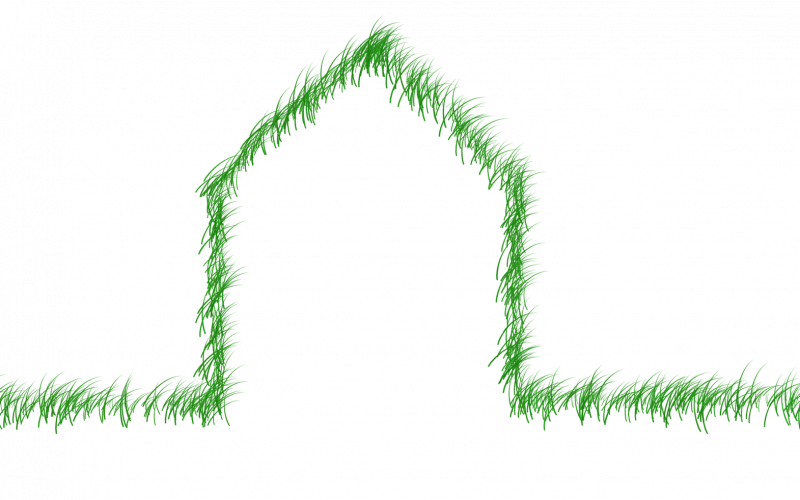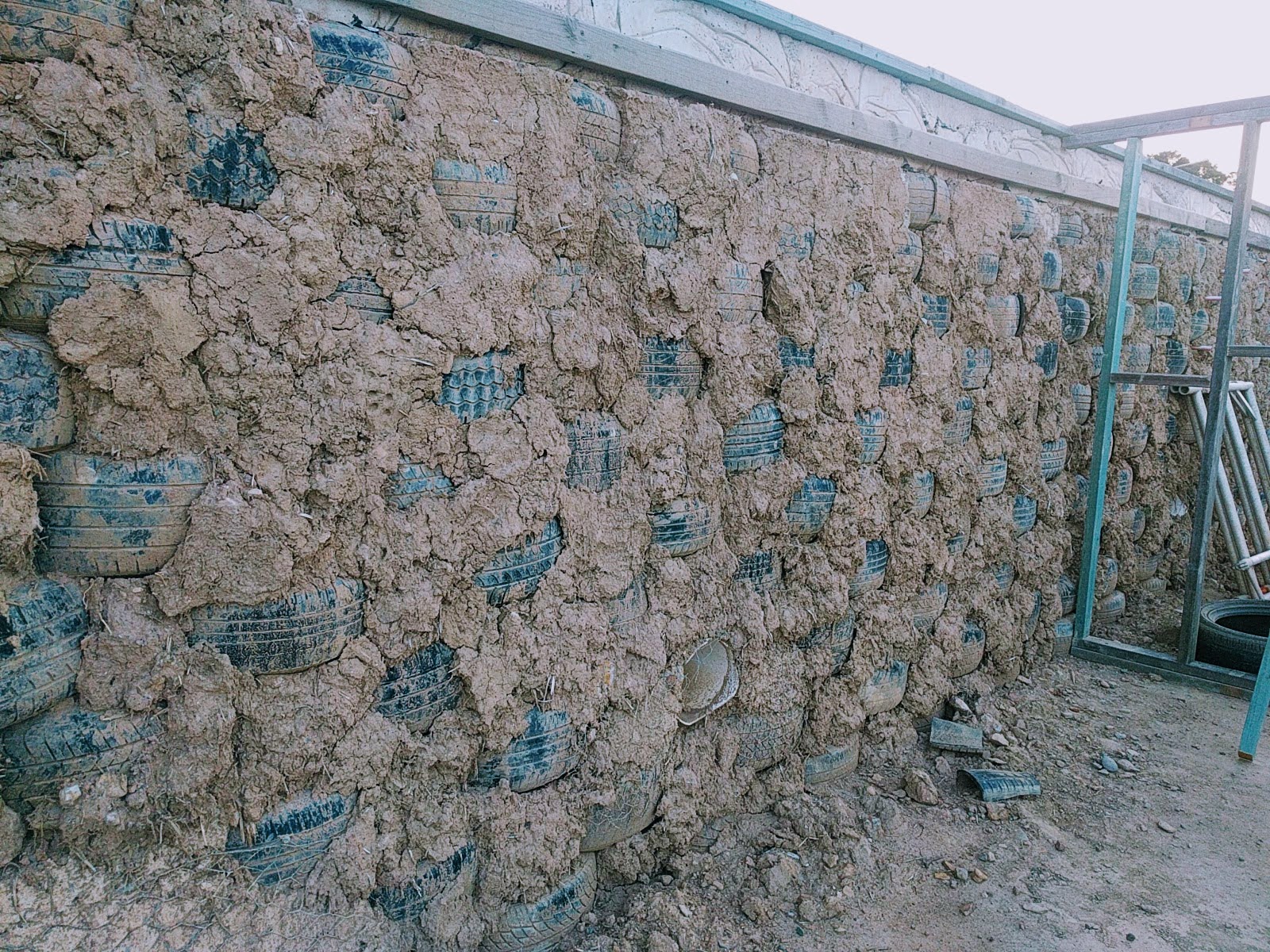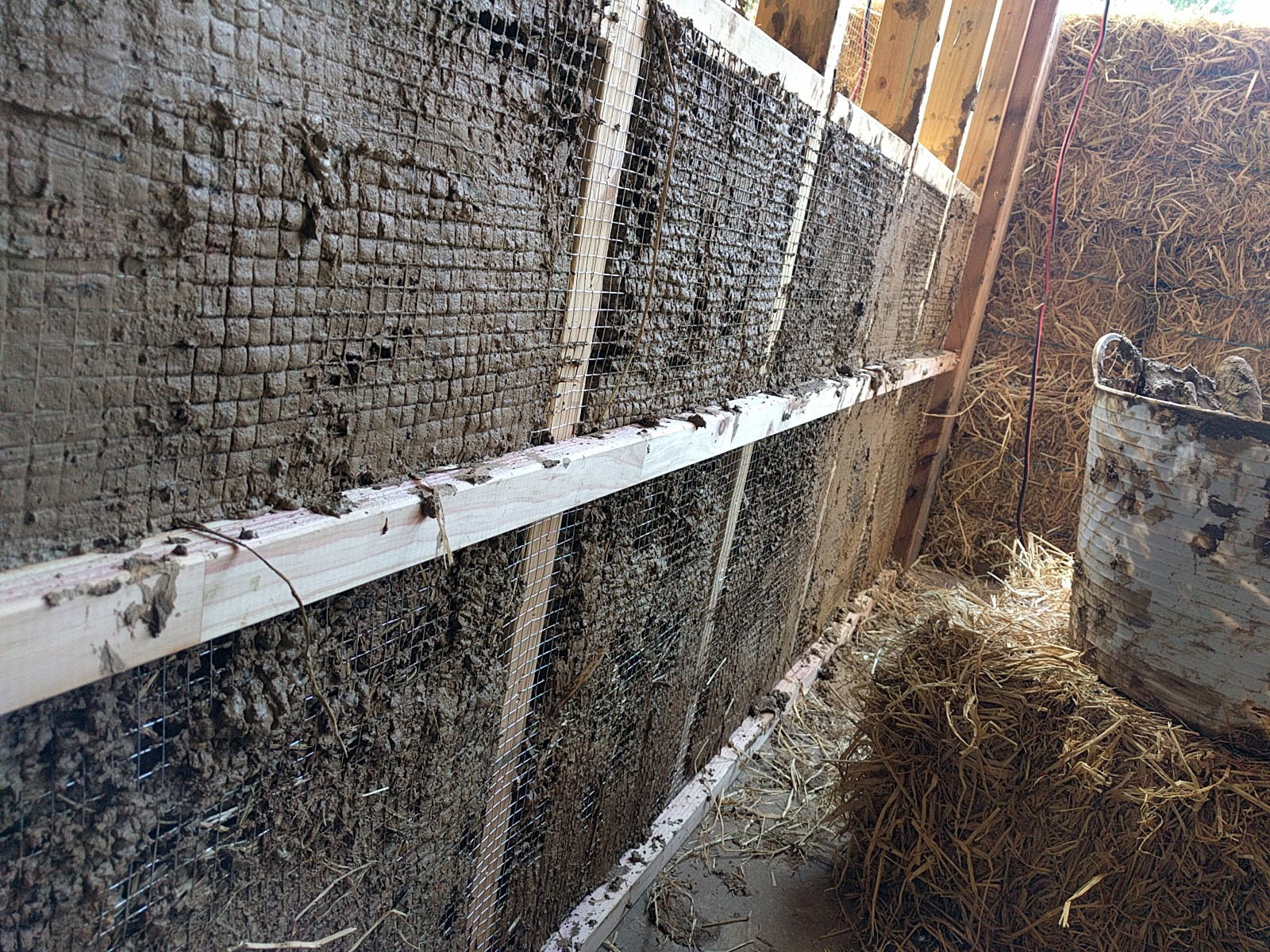I’m happy to share this post with you by Helen O’Keeffe of EZ Living Interiors. She has developed a handy infographic for passive houses.
In our tiny house design, we used some of the ideas of a passive house (as much as you can on a trailer). Helen explains in more detail how passive houses look and how they operate.
If you have any questions regarding passive houses, feel free to contact Helen and the team of EZ Living Interiors on their facebook page, Twitter, Instagram or Pinterest.
Passive housing: A Smarter Way of Living
In this infographic (see below), we examine why eco-friendly passive housing design has taken the world of architecture by storm.
As homeowners become increasingly environmentally aware, many of us are looking for ways to reduce our energy consumption, or better yet avoid it altogether. The relatively new phenomenon of passive housing offers an attractive option for those seeking a greener way of life.
Passive houses are designed in such a way as to minimise heat loss. The temperature remains consistent throughout all of the rooms. They are characterised by heavy insulation, airtight construction and efficient ventilation among other things. The efficiency of the build ensures that no active heating or cooling system (e.g. a boiler, HVAC or furnace) is required.
“It’s sort of like building a thermos, but it’s a thermos with really good ventilation.”
Ken Levenson, Architect
To be officially recognised as a passive house, the structure must consume less than 15 kilowatt-hours for heating and cooling each year. This means that compared to conventional housing, passive homes report energy savings of about 90%. This represents a considerable financial saving, with homeowners cutting a significant amount off their power bills. In addition to reduced expenses, passive house owners can also enjoy improved air quality, reduced mould and the possibility of tax rebates (in some countries).
If you would like to find out more about passive houses, why not check out this super informative infographic guide from the team at EZ Living Interiors. This graphic provides a simple breakdown of passive housing requirements and highlights the benefits of passive housing to homeowners.

For further information on passive houses, you can also check out the Passive House Institute in Germany.




